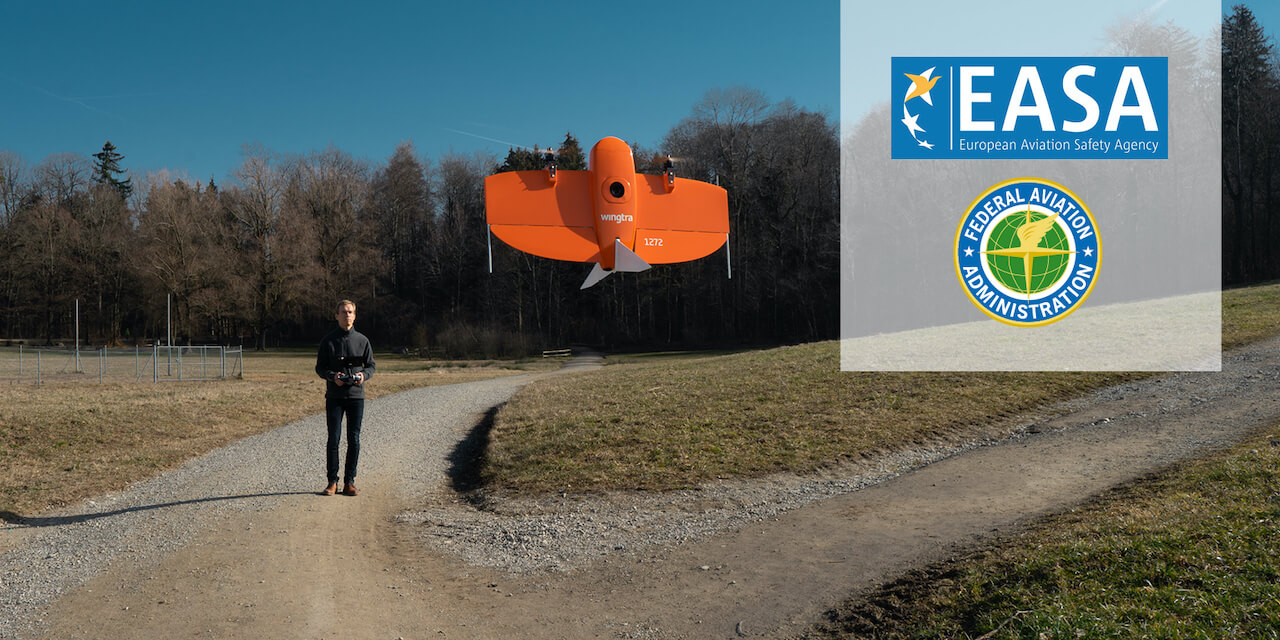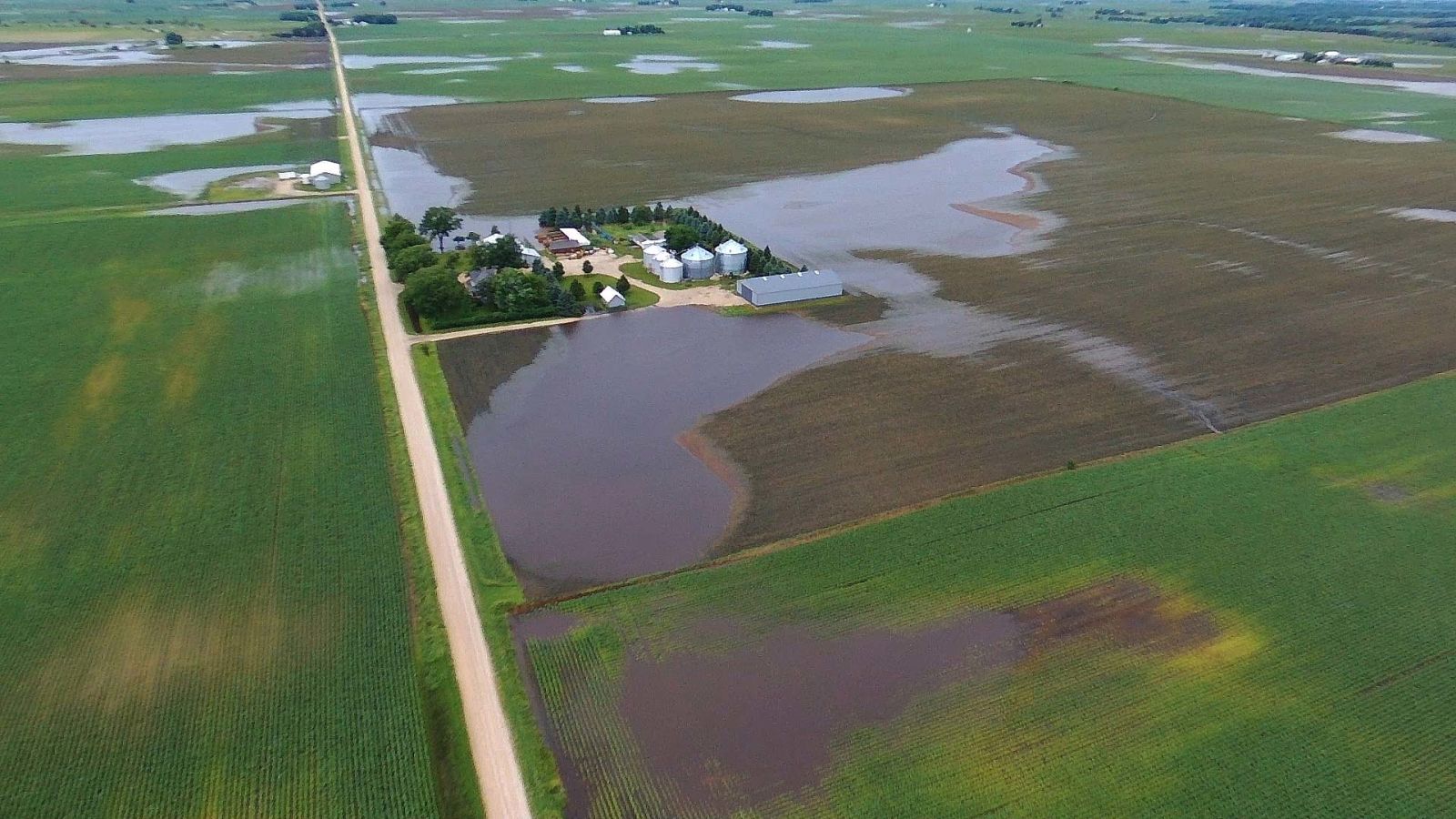Drone regulations: where we are today, where we’re going and what you need to know
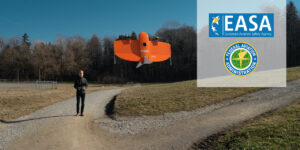
New technology opens a door to evolving regulations around it. Think of the car over the past 100 years. At first, there were no speed limits, no safety belts and no traffic lights. Now traffic and license regulations are sophisticated and particular to every country. In fact they’ve become a normal part of our everyday lives. Such is the case with drones and airspace. The next two years will see a leap forward, specifically in European drone laws that you as a user will be well-situated to understand.
In this article, we focus on drones for commercial use. We offer a view of now and what is visible on the horizon of drone legislation. This is a complex topic, because drone rules and regulations depend on the evolution of commercial drone technology; real and imagined risk factors, and use cases that inspire new rules and exceptions. Additionally, while rules for flying drones might be transparent and well-documented in some parts of the world, it’s important for users to check with local aviation authorities when flying drones in a location.
What you need to know about drone regulations today
To frame drone flying laws effectively in this article, we’ll target two large and influential markets: Europe and the United States. In Europe, the European Union Aviation Safety Agency (EASA) oversees and develops the rules applicable to the design, manufacture and operation of drones. In the United States, the Federal Aviation Authority (FAA) holds the same jurisdiction as the EASA does in Europe.
In the US, the FAA has had formalized regulations in place since 2016, while in Europe, the EASA is now phasing in similar ones. By 2023, European operators and drone manufacturers need to be on board with these.
Bottom of Form
In both the US and Europe, when a user wants to fly a drone for a project, the risk factors will determine what they need to do to operate within drone flying laws, and if it is even possible within regulations. Specifically, the altitude, whether there are people in a defined vicinity and whether or not the drone remains visible to the operator at all times define the scope of risk. Depending on its weight and purpose, the aircraft as well must conform to rules, which are constantly evolving.
Worldwide, this basic framework generally applies, yet you will find that there are nuances in every country, with some being more conservative and others being less formal, or even non-existent. See the resources section at the end of this article for more information.
What are drone regulations?
- Drone regulations (or commercial drone laws) are rules put out by a government branch in charge of airspace management and safety
- Regulations exist at the national level yet EASA is working to harmonize rules across the entire European region
- Commercial drone regulations evolve, and it is up to users to inform themselves about specific requirements for the operator and the drone in order to conform to the regulations
- Operators can fly certain types of drones in low-risk situations with minimal training and restrictions
- Once the flight involves more risk factors, more training and paperwork must be completed to ensure safety and legal operations
How to know when you need to get more permissions
Baseline operations in low-risk situations
One thing we can say is pretty universal is the lowest risk category for operating a drone. According to the EASA, this is called the “open” category. And according to the FAA, it’s called “Part 107.” For both territories, the lowest-risk parameters are the same: fly no higher than 120 m (or 400 ft), at a safe distance from people with the drone in visual line of sight (VLOS) at all times.
These low-risk parameters ensure that the drone (according to its maximum altitude) does not interfere with other air traffic, does not pose risk to bystanders and is under supervision of the operator (VLOS).
To fly a drone in low-risk situations in the US and Europe, a pilot needs to pass an aeronautical knowledge test or online theoretical knowledge exam, respectively. Then, if they are flying in the US, they will need to register their drone. And if they are flying in Europe, they will need to register themselves as an operator, plus the drone must have a C-marking starting January 2023 (see product conformity section below).
Note: In Europe, a registered operator can also be a company operating multiple drones via multiple pilots.
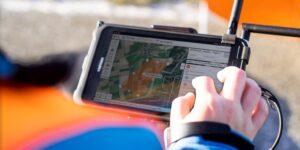
Whether a mission is low or high risk depends on a range of parameters including flight altitude and whether or not the mission takes place in a populated area.
Flying drones in higher-risk situations
Once you need to fly a drone in riskier situations—e.g., higher altitudes, around more populated areas or beyond visual line of sight (BVLOS)—the category changes, and so does the process.
In the EU, in medium-risk situations, the “open” category becomes the “specific” category, and you will need to provide a Specific Operational Risk Assessment (SORA) to the national aviation authorities of your country. You’ll bring this to the aviation authorities. If your SORA application is approved, you can fly within these parameters as needed/specified.
In the US, you will need to apply for a Part 107 “waiver.” Basically, you need to analyze the risk for your specific operation and demonstrate to the FAA that this risk is acceptable. If you succeed, you will get a waiver for the mission at issue or any mission like it.
In high-risk situations—for example, carrying passengers, or carrying dangerous cargo—you need both certification of the drone and operator. This applies in Europe and the US and is technically the certified category of operation.
What about drone compliance?
In the United States, the FAA classifies “small drones” as those weighing less than 55 lbs (25 kg). As the operator, you are responsible for ensuring that the drone is safe before flying it. In other words, the FAA does not require small drones to comply with airworthiness standards or to obtain aircraft certification. This puts responsibility on the operator to, as the FAA website recommends, perform inspections and check communication links between the base station and drone, regularly.
Additionally, the FAA has the right to inspect the drone or test it on request, and you may need to provide records of the work you are doing with it. If your small drone flight results in serious injury, loss of consciousness or property damage of more than 500 USD, you must notify the FAA within ten days.
In Europe, the new drone regulations that are taking shape around drone compliance are more involved. These are being rolled out over the next two years so that drones meet specifications and affix labels accordingly. For the low-risk “open” category, drones fall within sub-classes according to their weights from C0 to C4. Within the low-risk “open” category of flying, there are three subcategories: A1, A2 and A3. Drones in certain classes can fly in certain categories. Similar to the US, operators need to report any safety-related issues to their local aviation authority in a timely way.
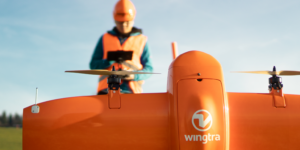
While subcategory is important to consider, it’s also important to look at the regulations according to the types of missions you will fly regularly and their logistics
Where can I fly my drone in Europe?
- A1 for drones less than 250 g (0.5 lbs).You can fly VLOS over people but not open-air assemblies). This category applies to toy flying objects designated for use by children under 14 years of age.
- A1 for drones that weigh less than 900 g (1.98 lbs). You can fly VLOS but avoid flying over people.
- A2 (you can fly VLOS close to people).If your drone is 4 kg (8.8 lb) or less and meets specific product requirements you can fly it a minimum horizontal distance of 30 m (98 ft) from uninvolved people or within 5 m (16 ft) in a low-speed mode if the pilot has successfully taken an additional competency exam.
- A3 (you need to keep a distance of 150 m/492 ft from urban areas during VLOS flight).This will apply to unmanned aircraft with the intent of making sure that they fly in areas that are clear of uninvolved people and not in what is called congested areas in today’s terminology.
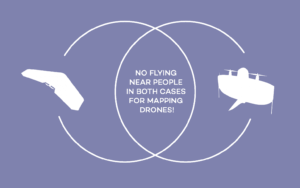
Regarding A2/A3 regulations: for mapping drones that offer wide coverage, the main implications are practically the same since these UAVs cover large areas, which must be free of people.
Which drone class can fly where in Europe?
| Class | Sub-category | General considerations |
| C0 | All |
|
| C1 | All |
|
| C2 | A2 or A3* |
|
| C3 | A3 |
|
| C4 | A3 |
|
It’s important to note that the subcategory can change based on an application. In the case of mapping drones, the mapping area invites many opportunities to come closer to people or fly directly overhead. In this case, the 30 m (98 ft) distance is an entire radius around the drone spanning to all sides and directly down to the ground. Additionally during flight, a minimum horizontal distance equal to the flight height shall be kept. In other words, this distance surrounds the drone like a massive bubble with the required distance surrounding it on all sides (the so-called 1:1 rule).
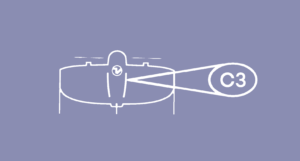
WingtraOnes on the market now are compliant to fly in the states and Europe even after the January 2023 regulations officially start. From January 2023, all WingtraOnes sold will be affixed with a C3 label.
So what do we do now?
In the US, it looks like not much is changing in the immediate future. However, in Europe, operators and drone manufacturers have the next two years to become compliant in terms of the training that they need and the compliance of their equipment, respectively. In the open category, for category A3 drones, like WingtraOne, equipment sold before 2023 can still be operated beyond 2023.
In Europe, operators need to be registered and pilots need to have passed the required online knowledge tests by December 31st, 2020.
If you are flying in Europe, and not in an open category situation, you’ll want to begin the SORA application process with your local aviation authority.
If you plan to fly missions that fall in the open category, you’ll also want to check with your drone manufacturer that their current model of drone is compliant with the subcategory of conditions you plan to fly in. This means it conforms to regulations, and by 2023 has both a genuine CE and a C(0,1,2,3, or 4) class label affixed to it based on its approved classification.*
As new drone laws get clearer, more uncertainties will arise, leading to more clarification and more sophisticated regulations. Again, think about automobiles and motorcycles, with their different classes, evolving safety standards, and all the license and registration requirements we consider normal.
The same will emerge for drones and pilots as airspace regulations grow more detailed. It’s an exciting time. And we, at Wingtra, are happy to say that our engineers are working with these changes in mind so that customers experience a smooth transition as regulations formalize.
*Drones purchased before 2023 may comply with formalized regulations, and firmware updates may be provided to allow the C-class marking on these older drones.
Source: https://wingtra.com/drone-regulations-where-we-are-today-where-were-going-and-what-you-need-to-know/




